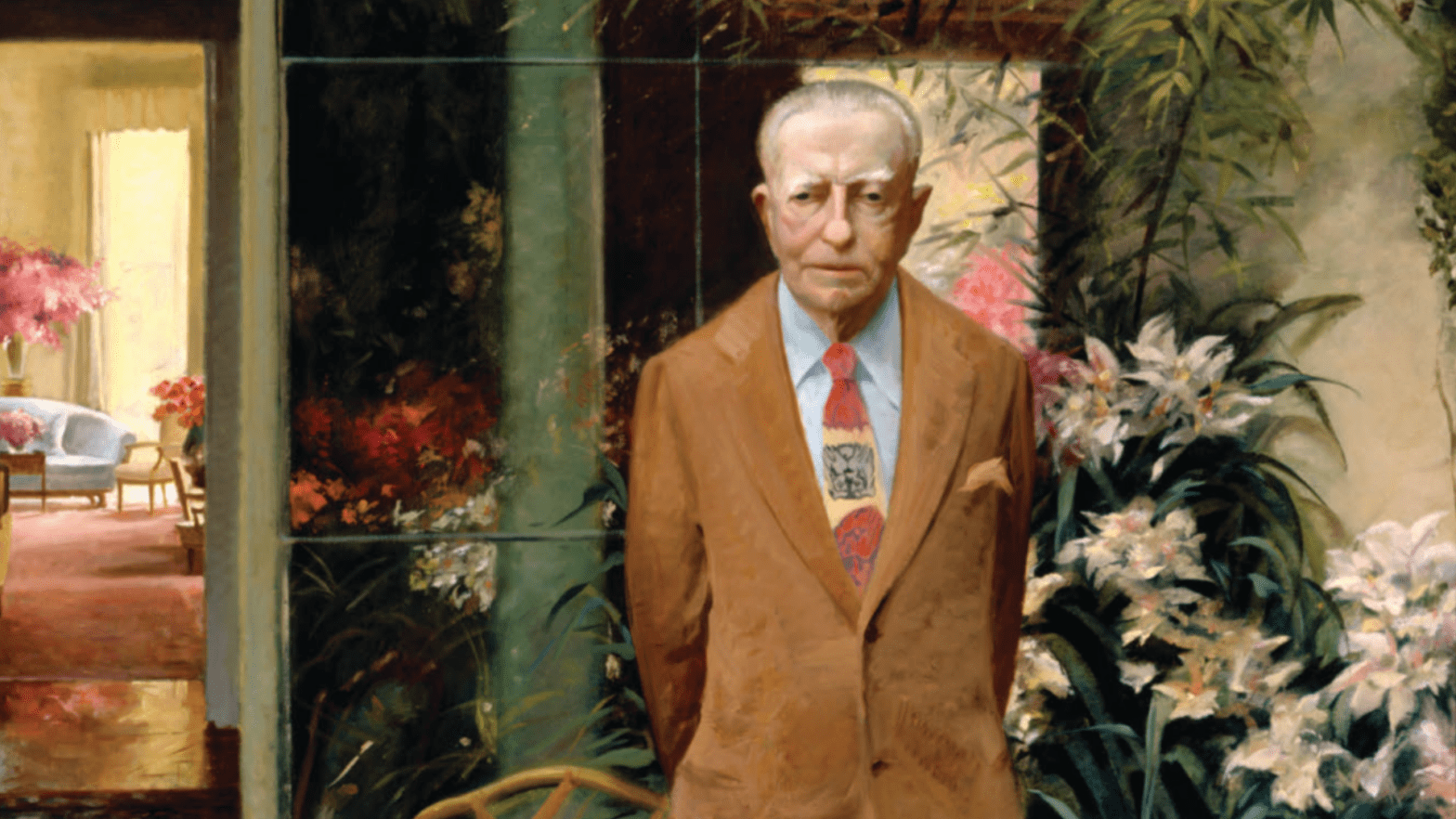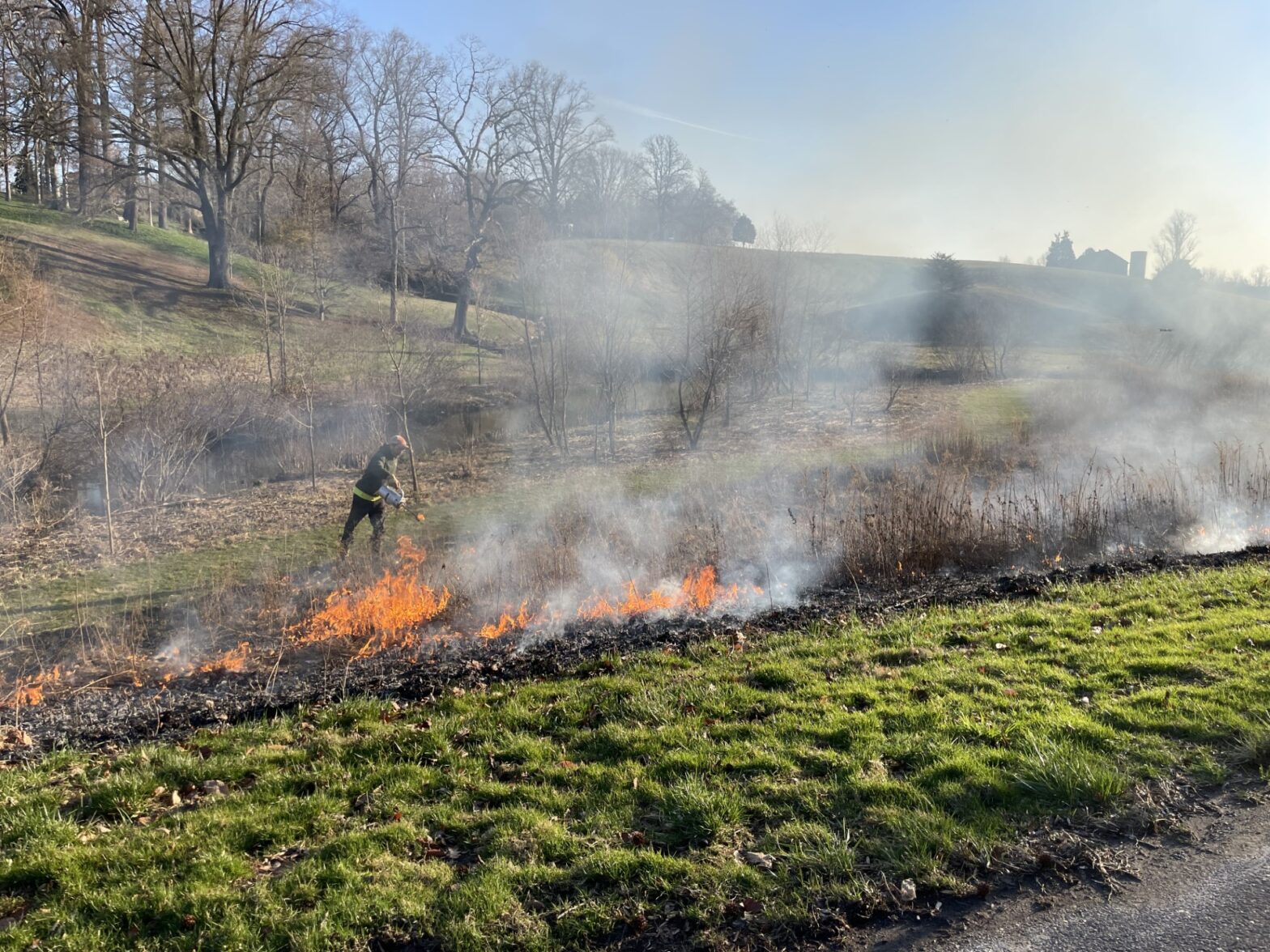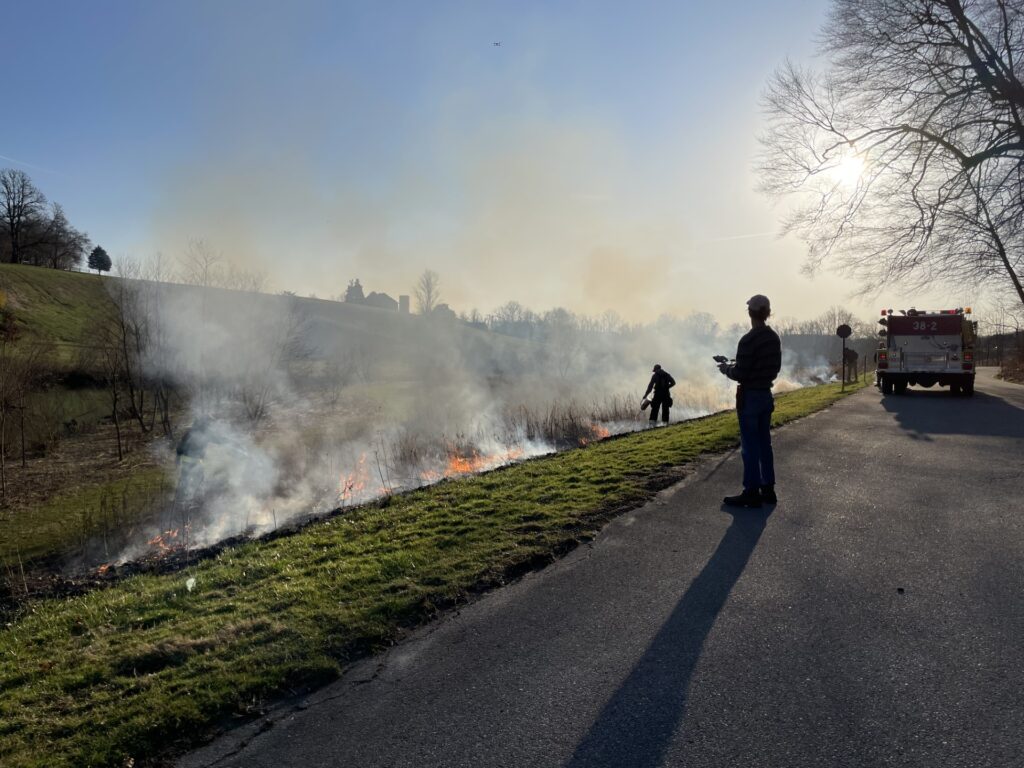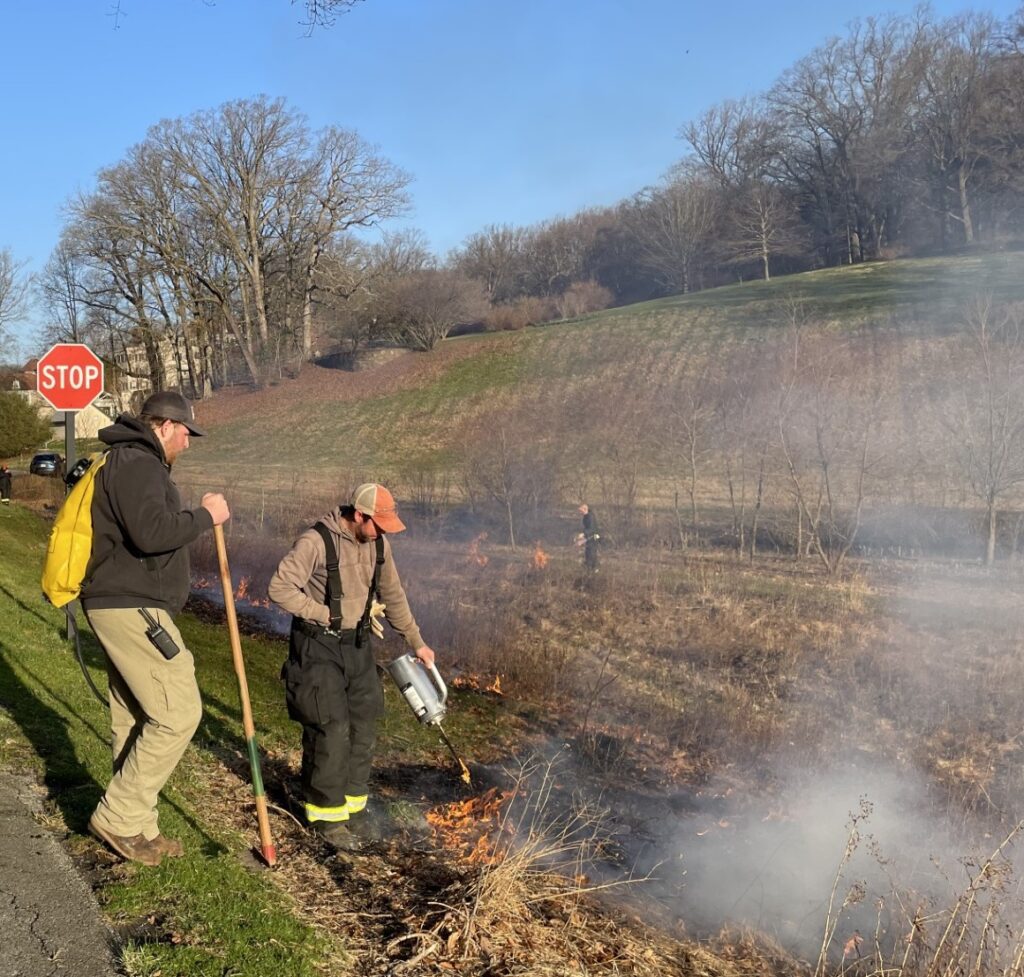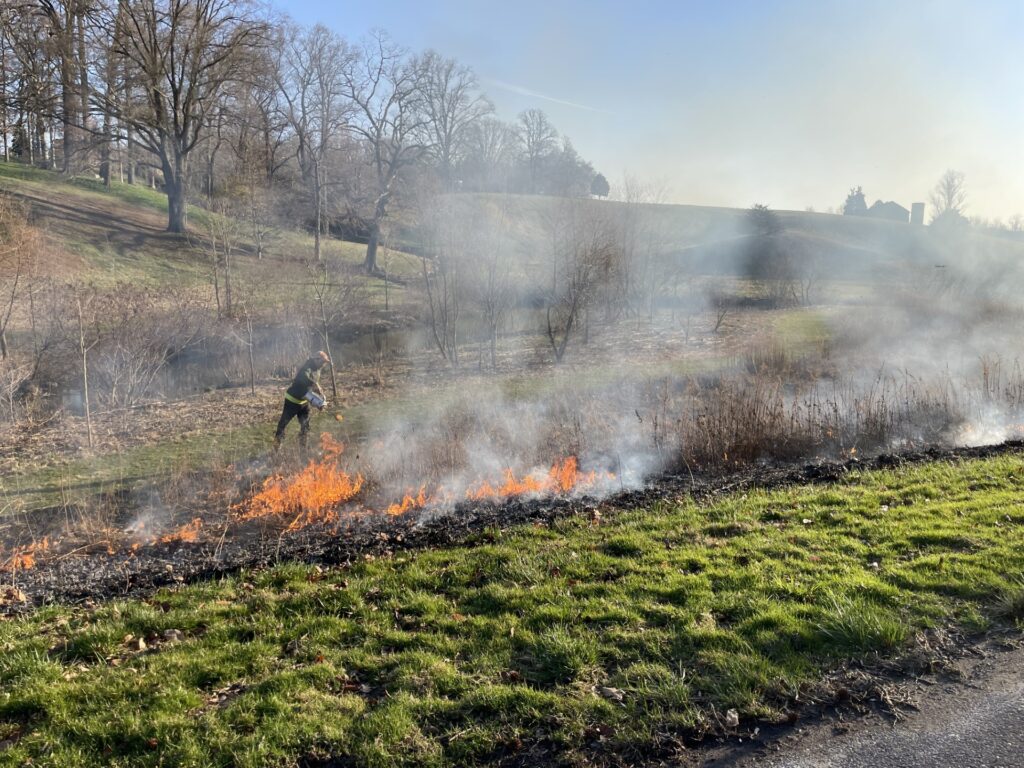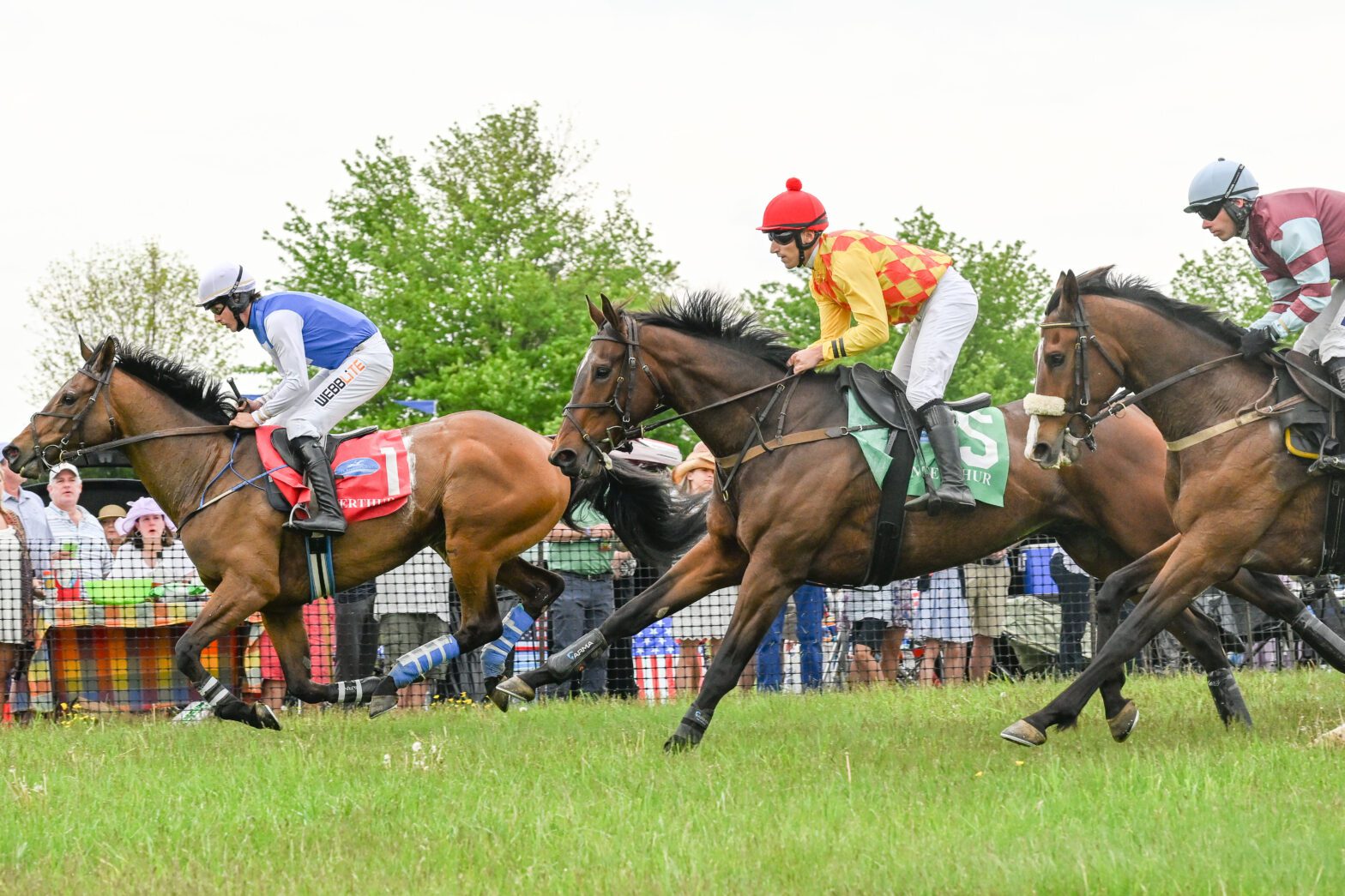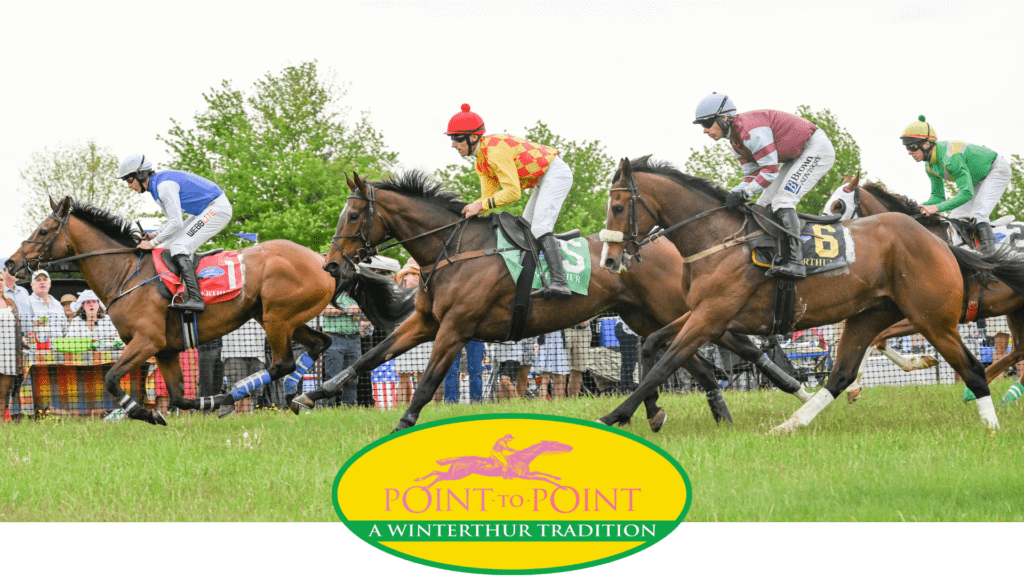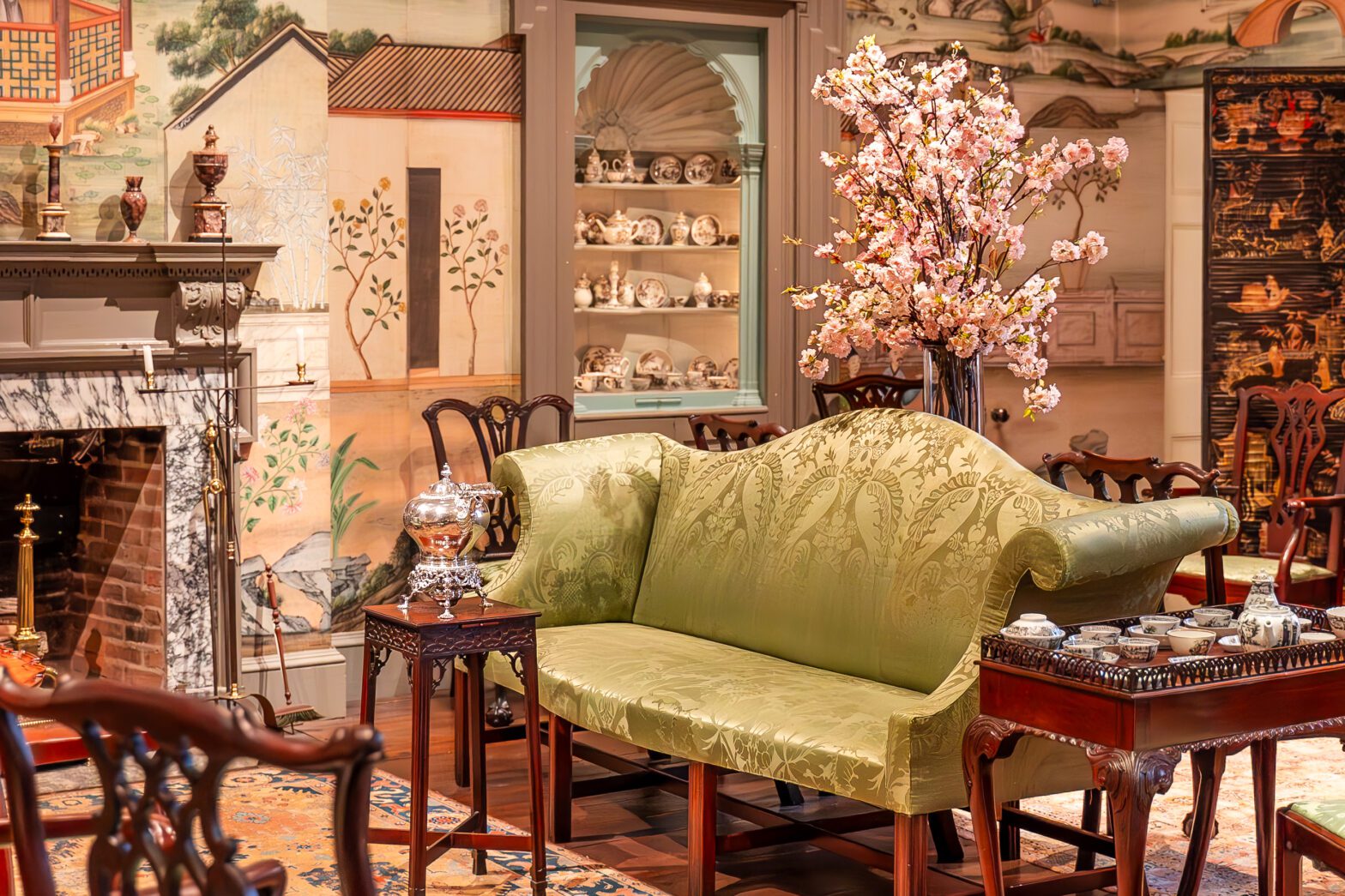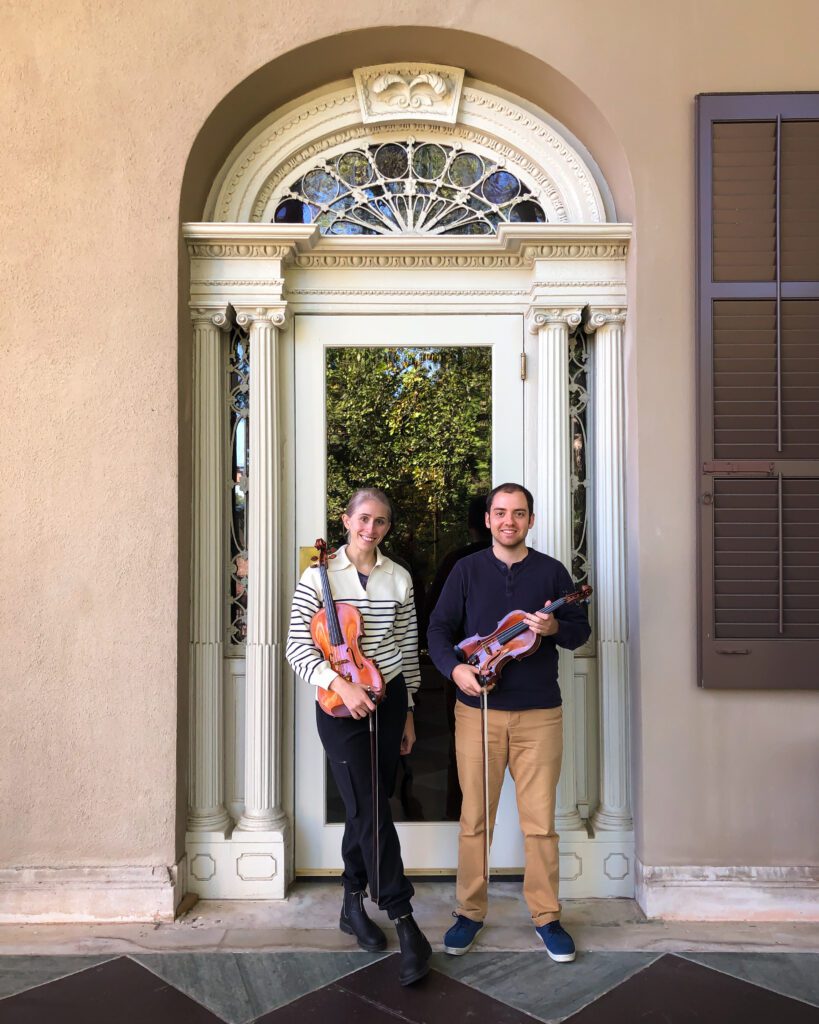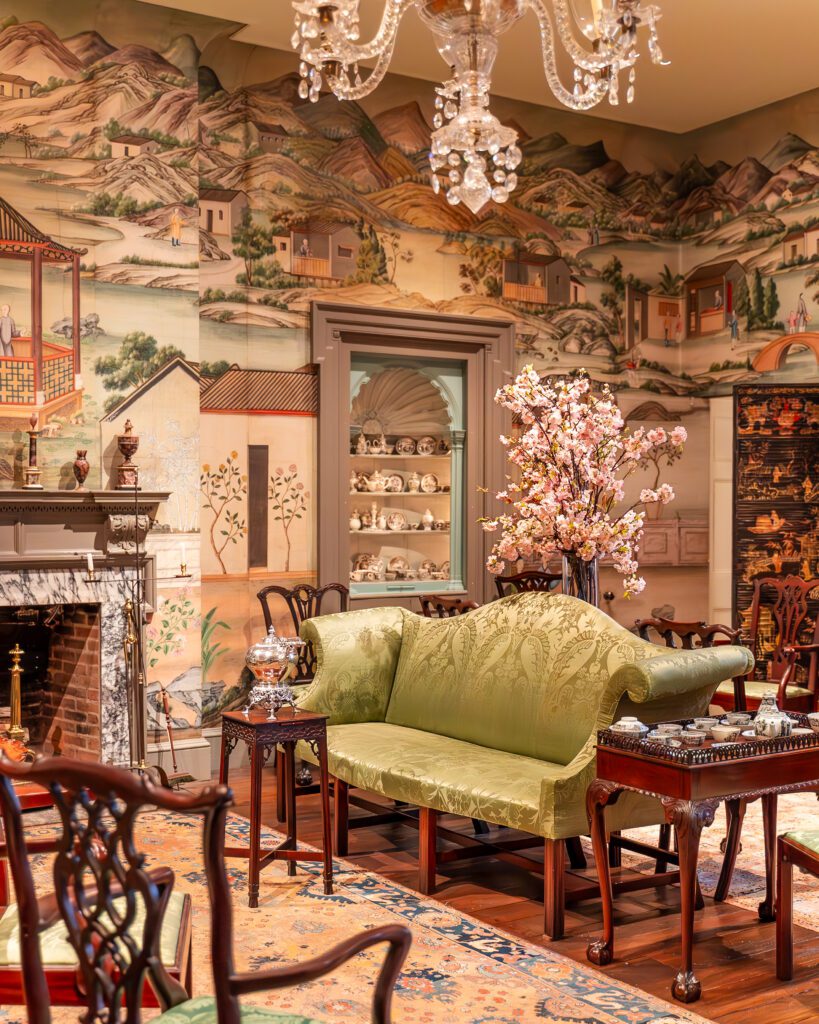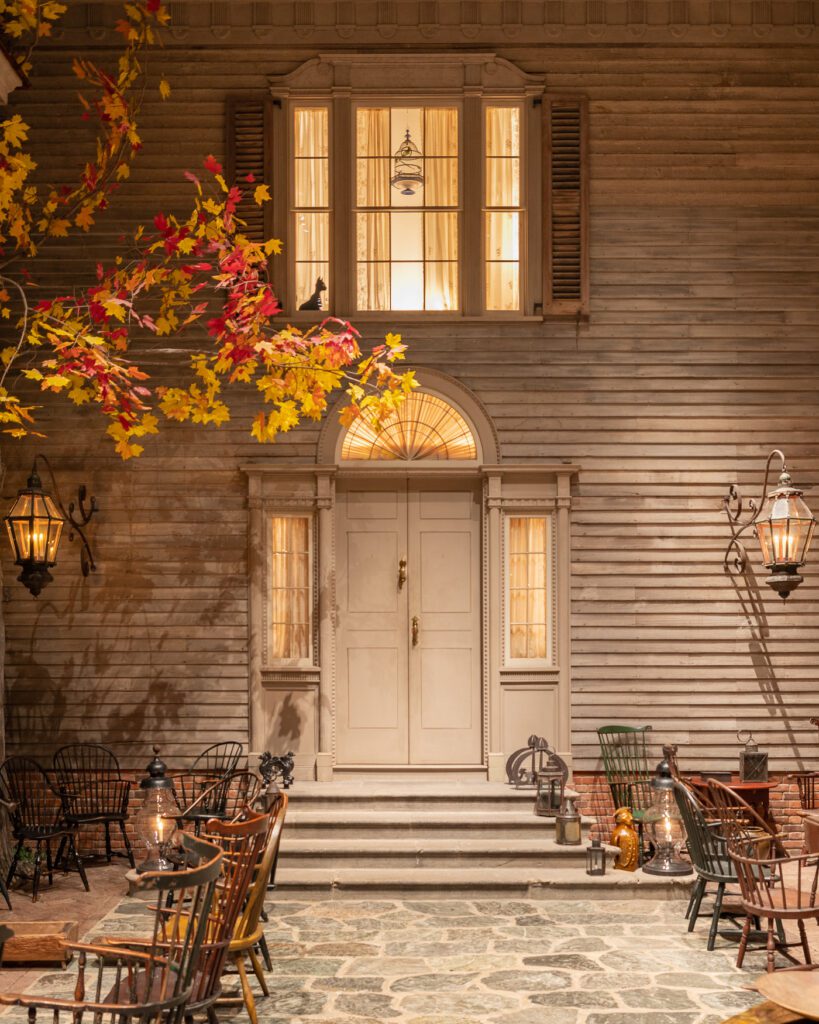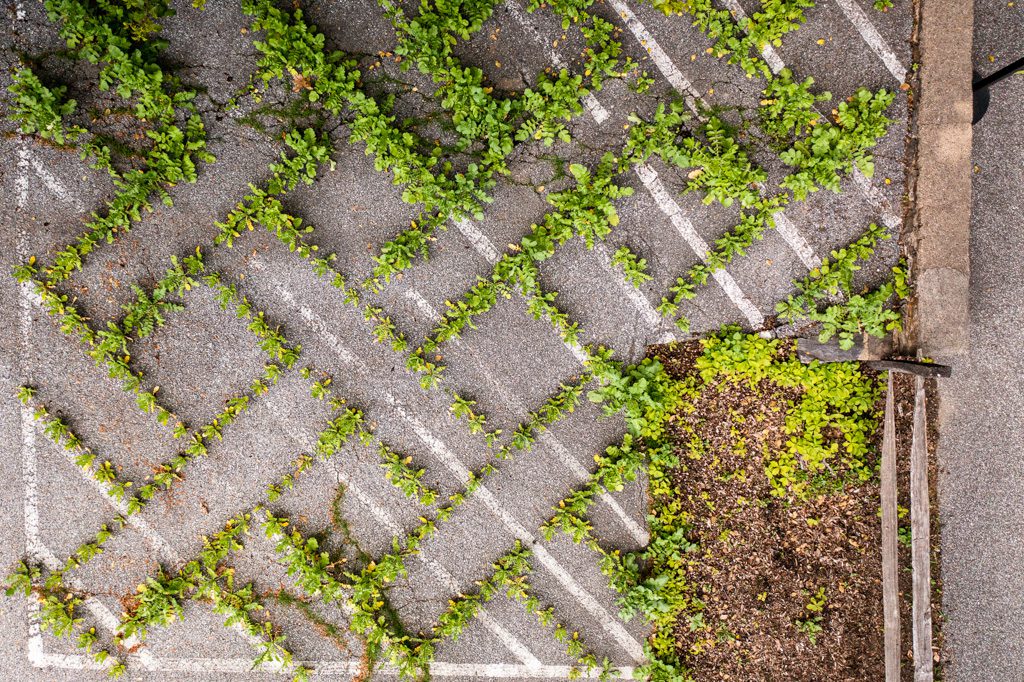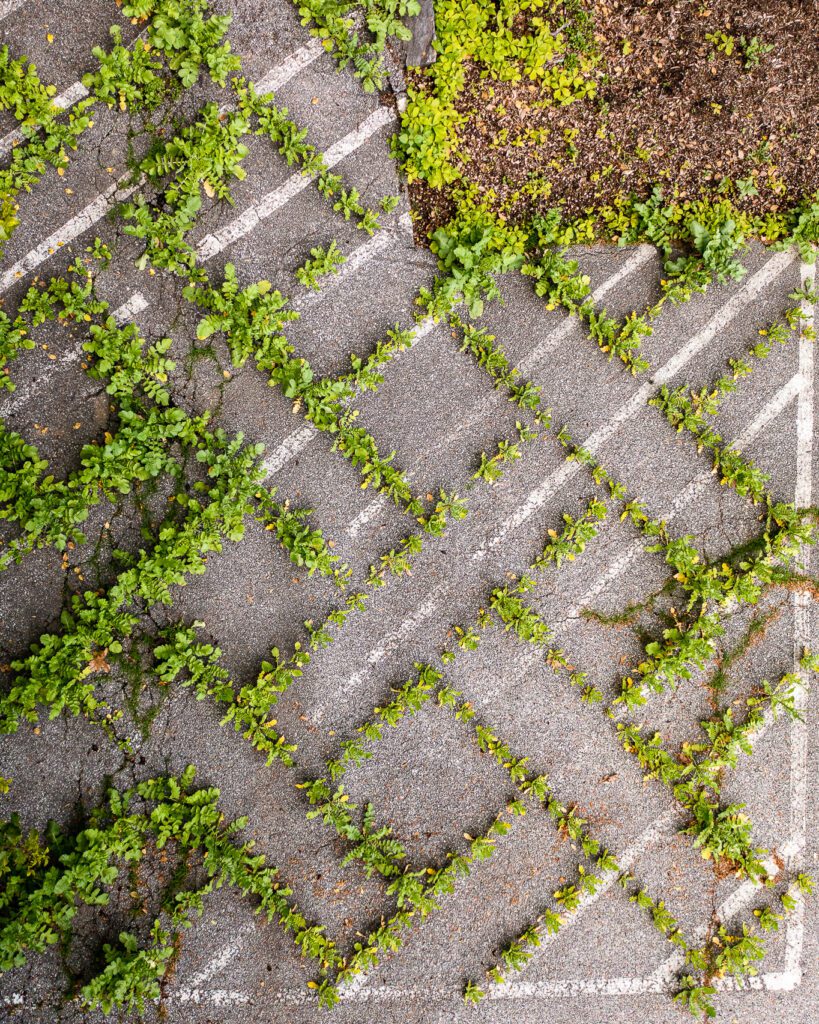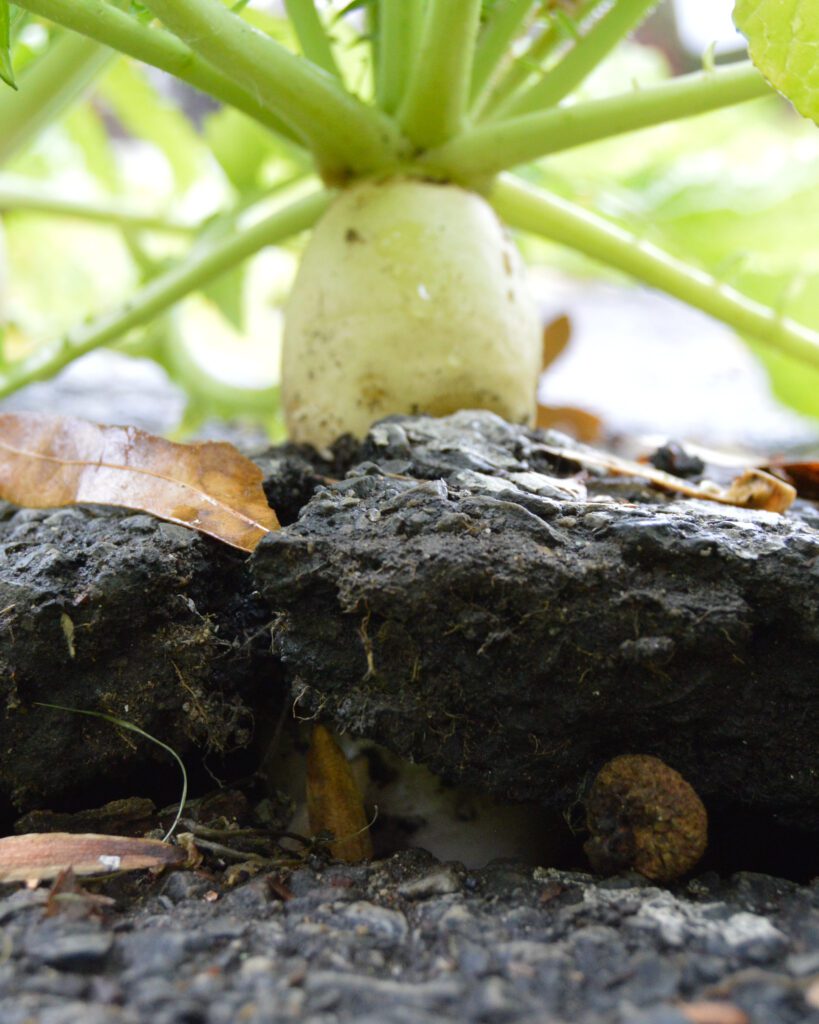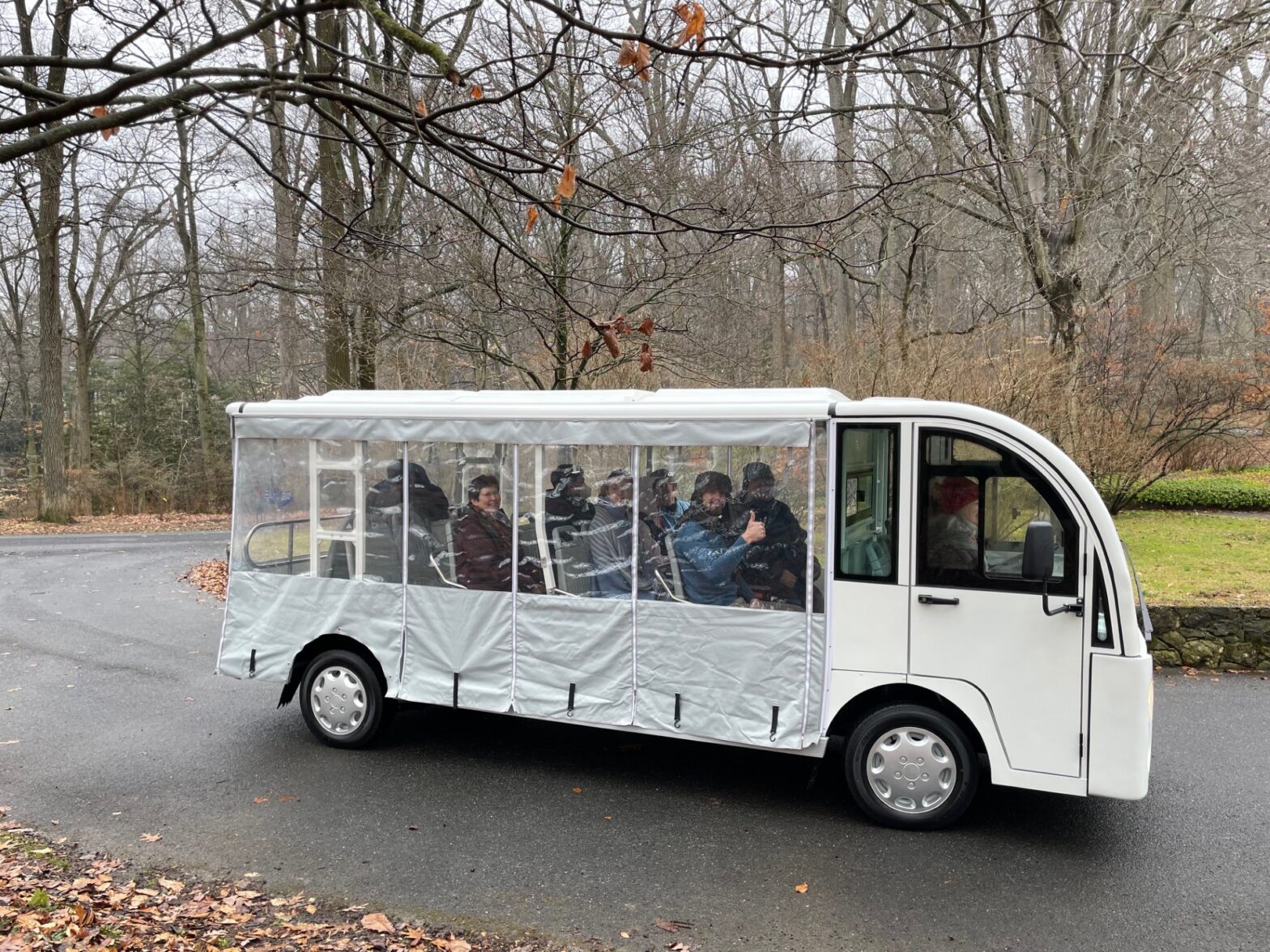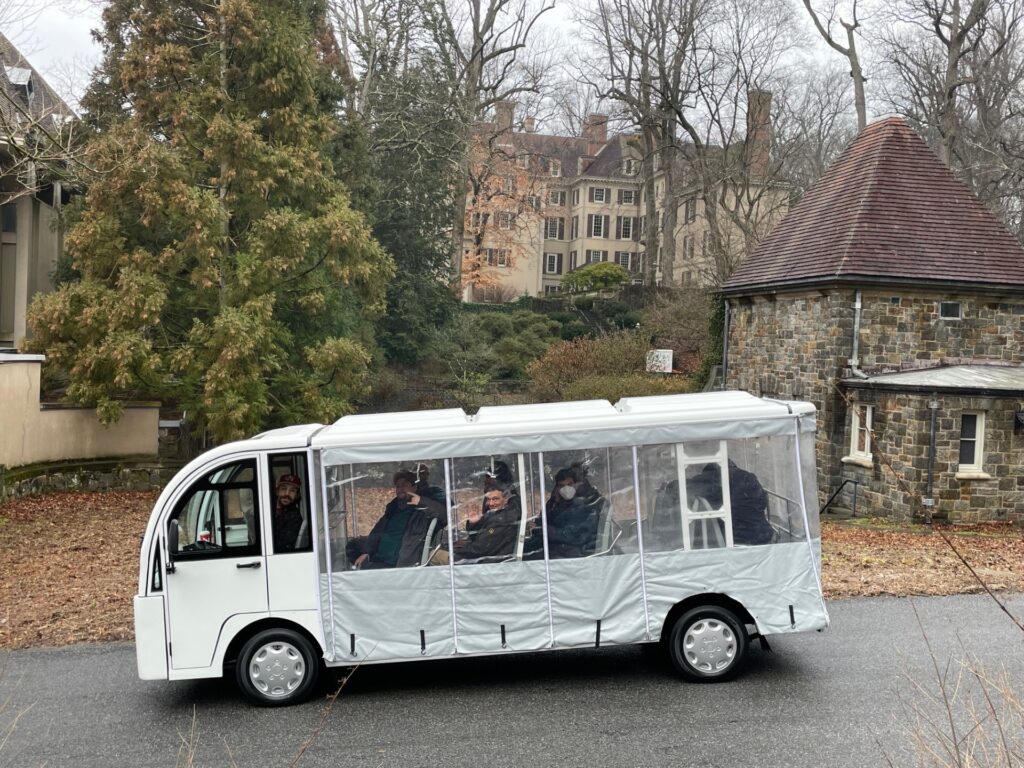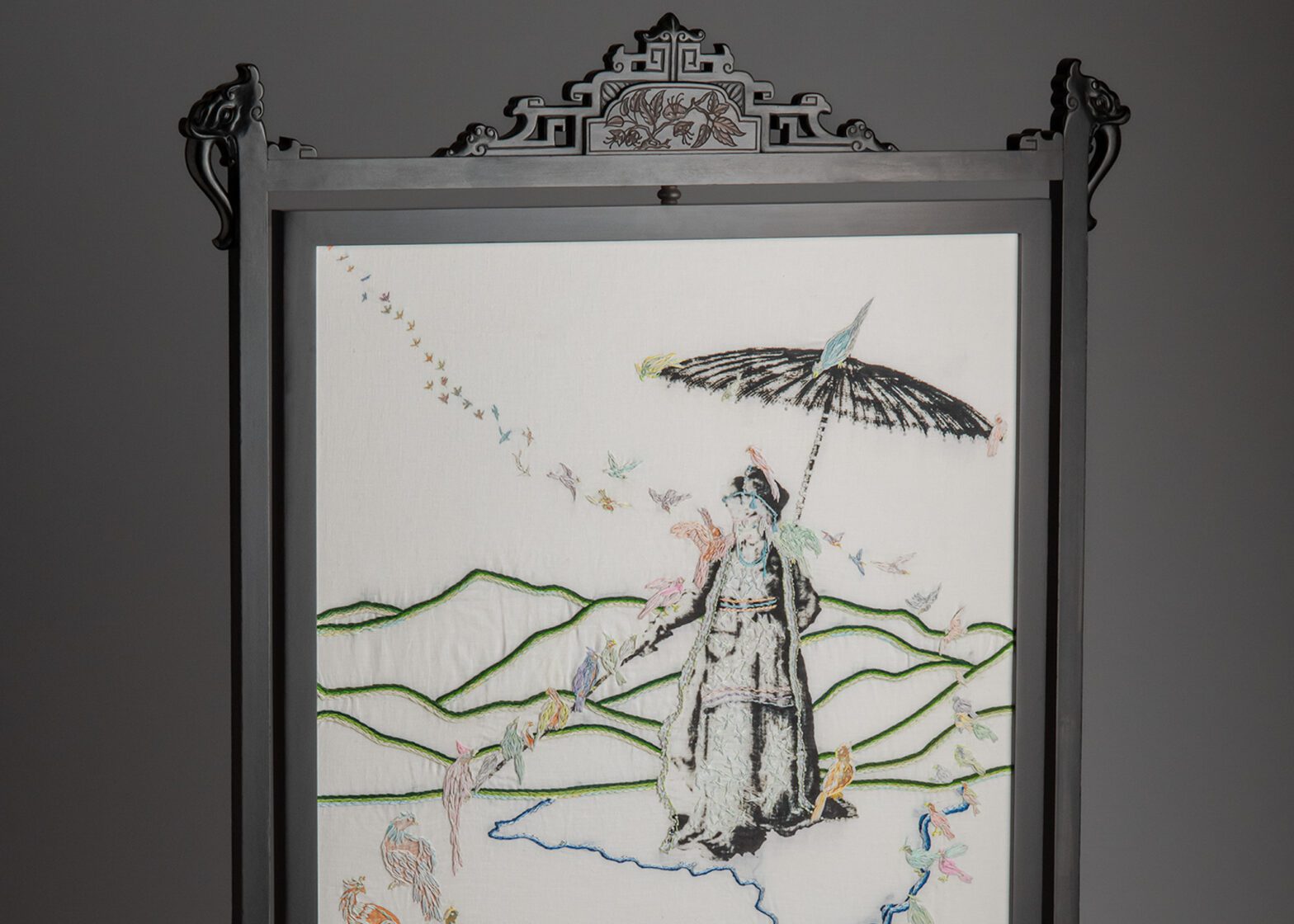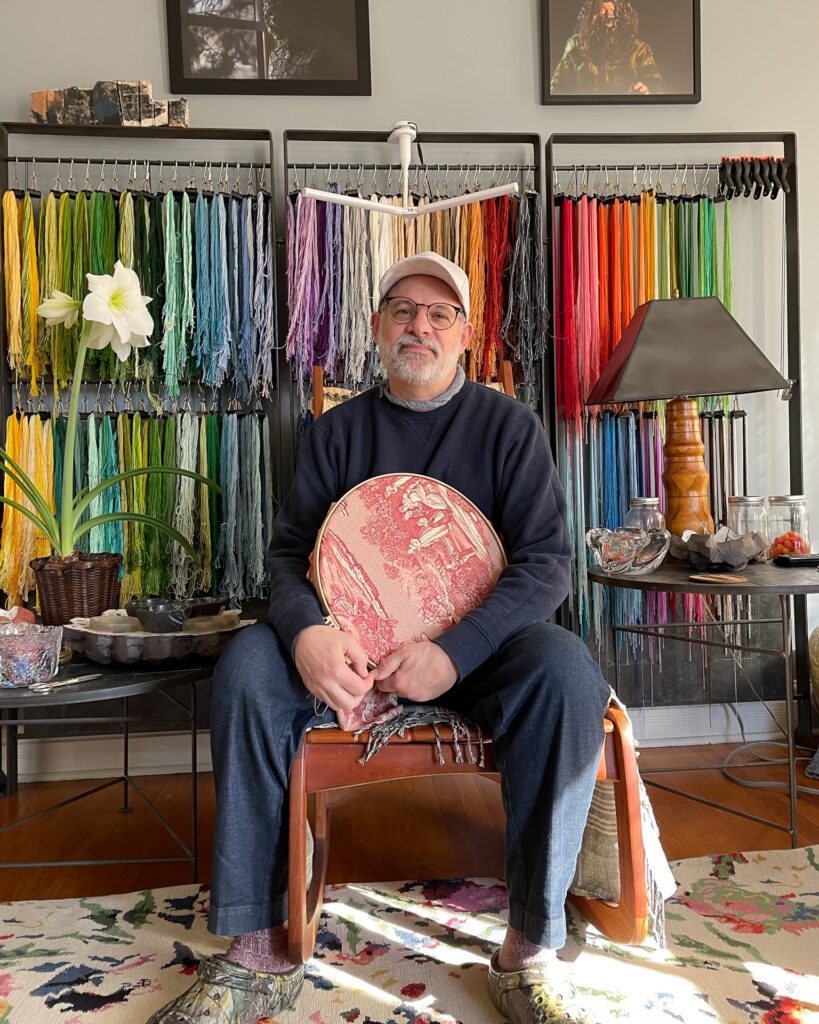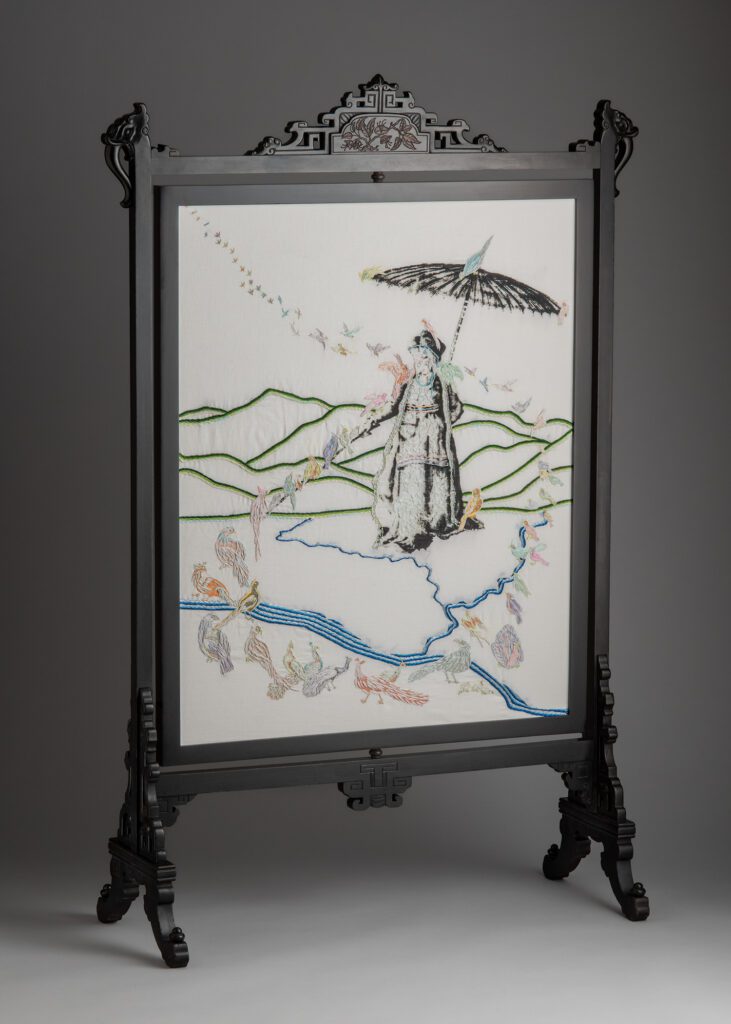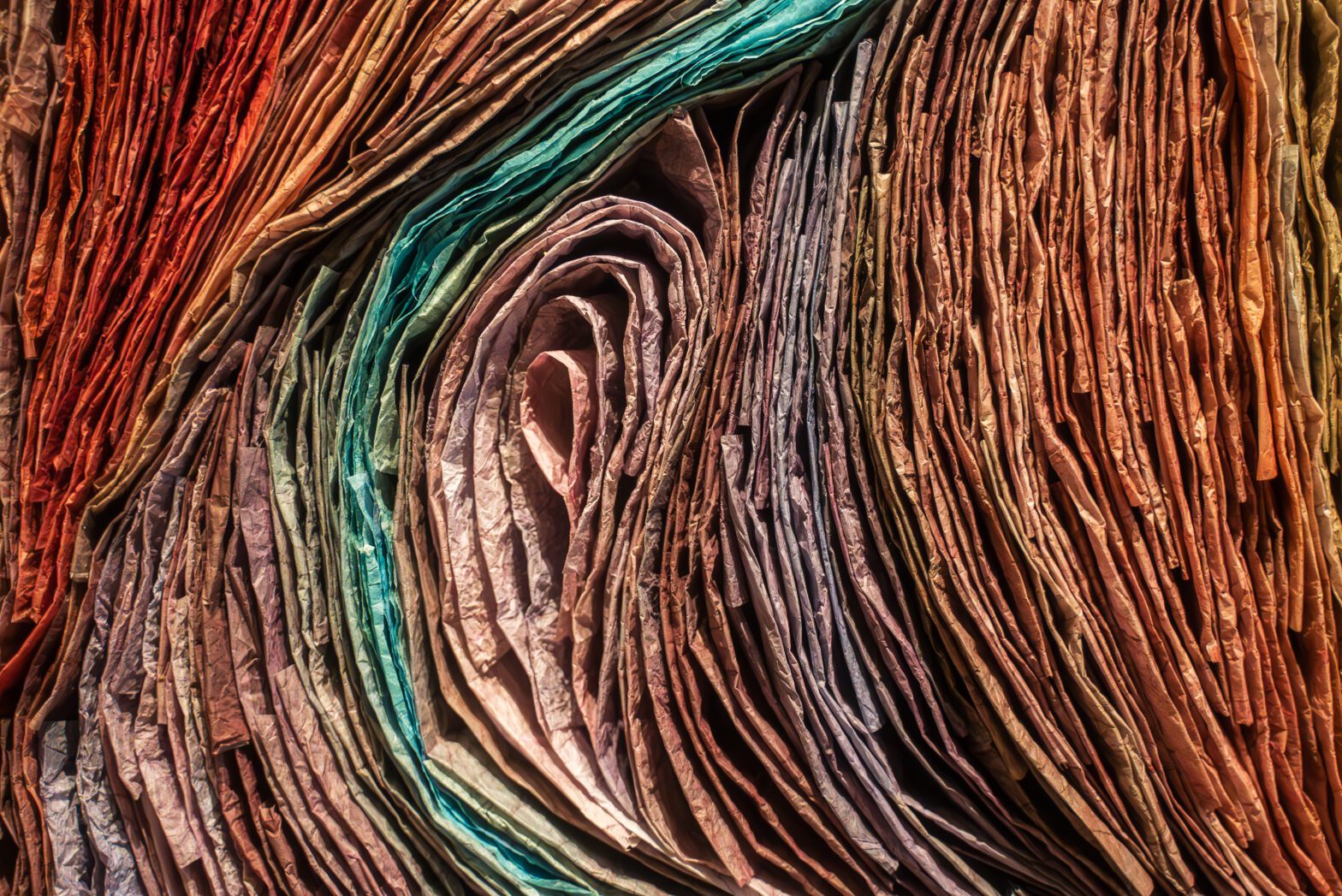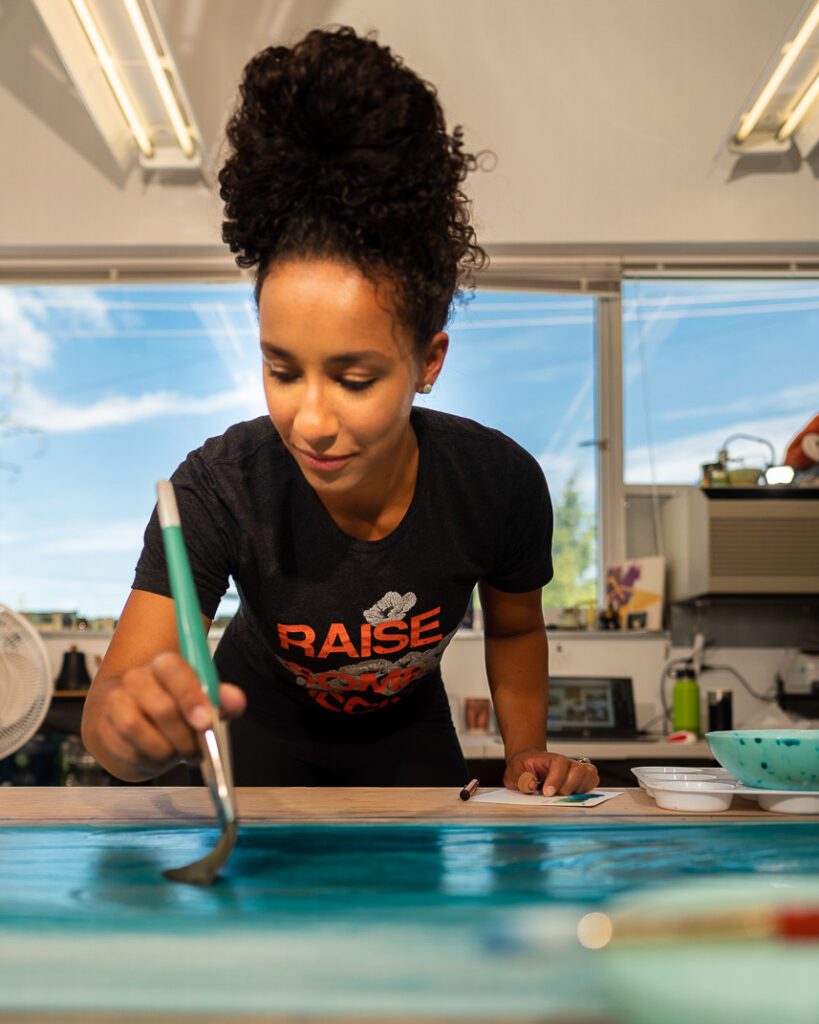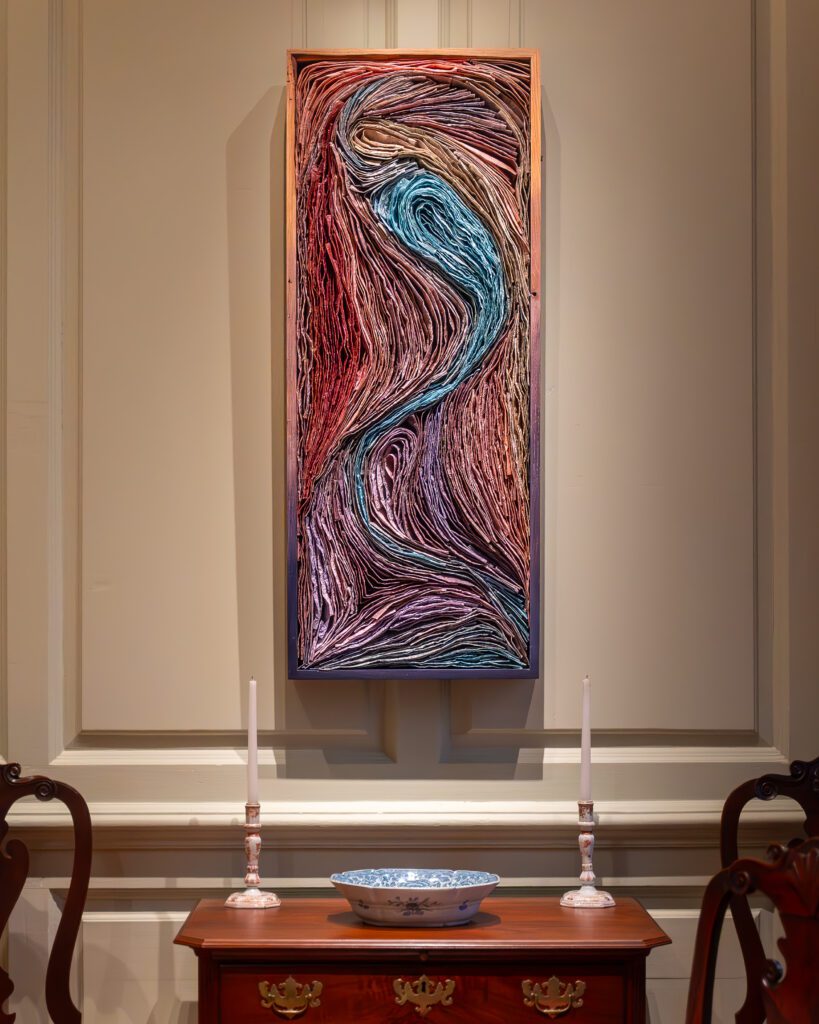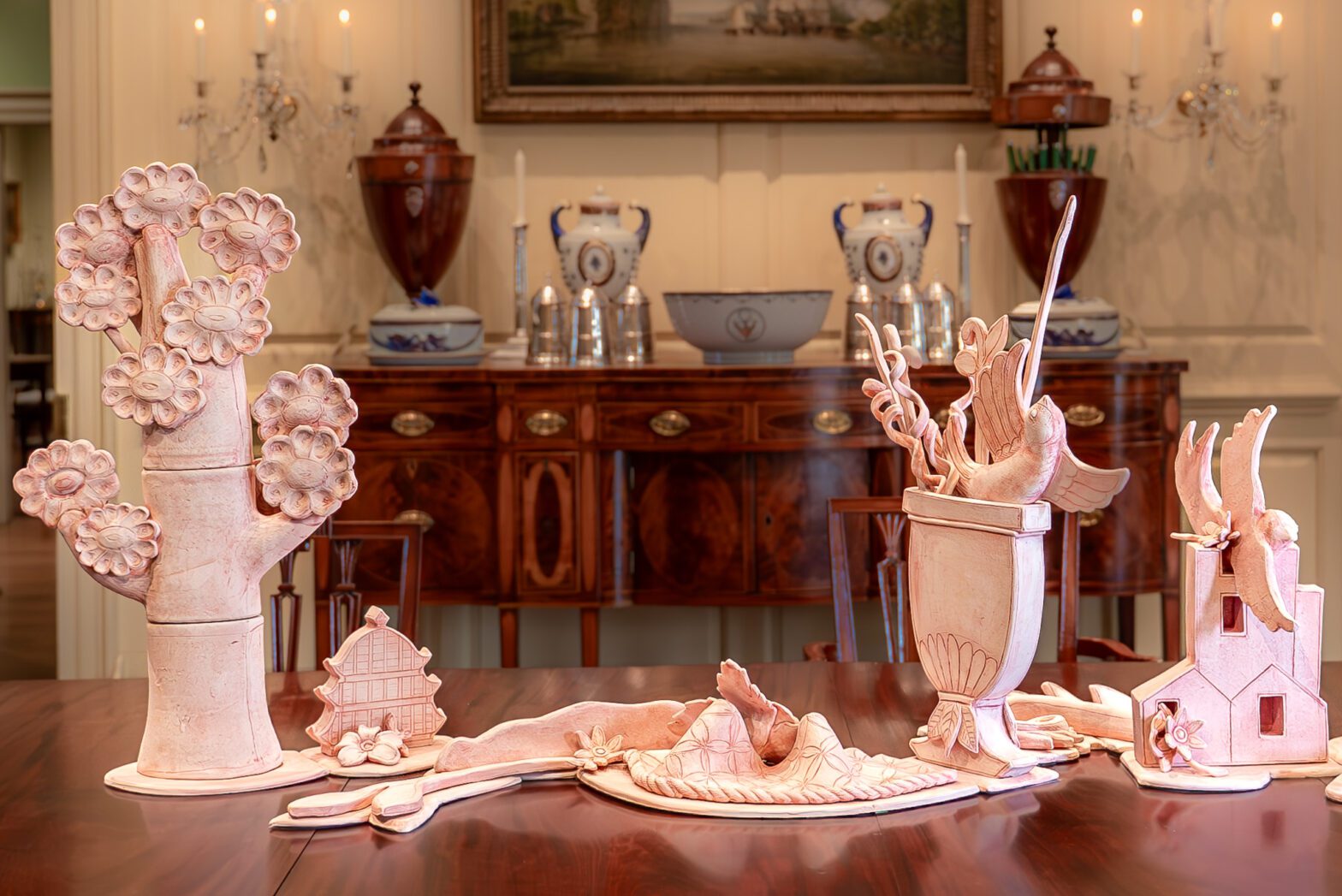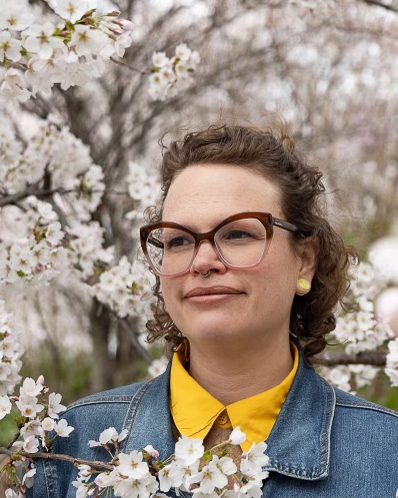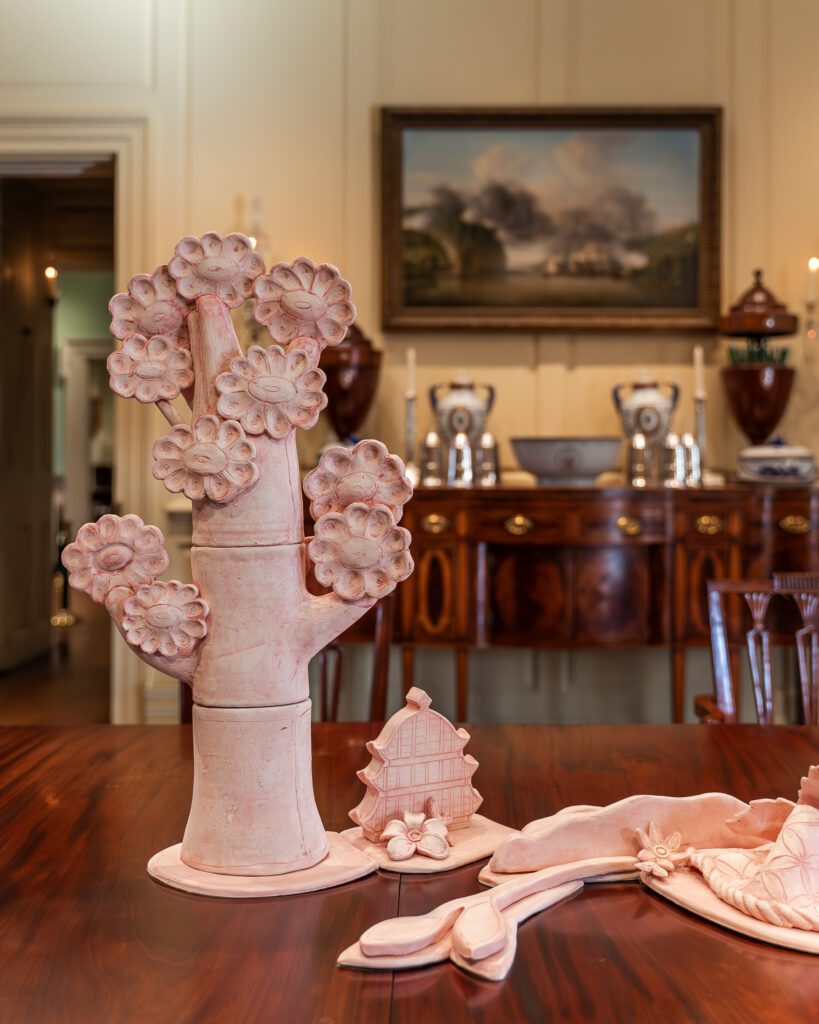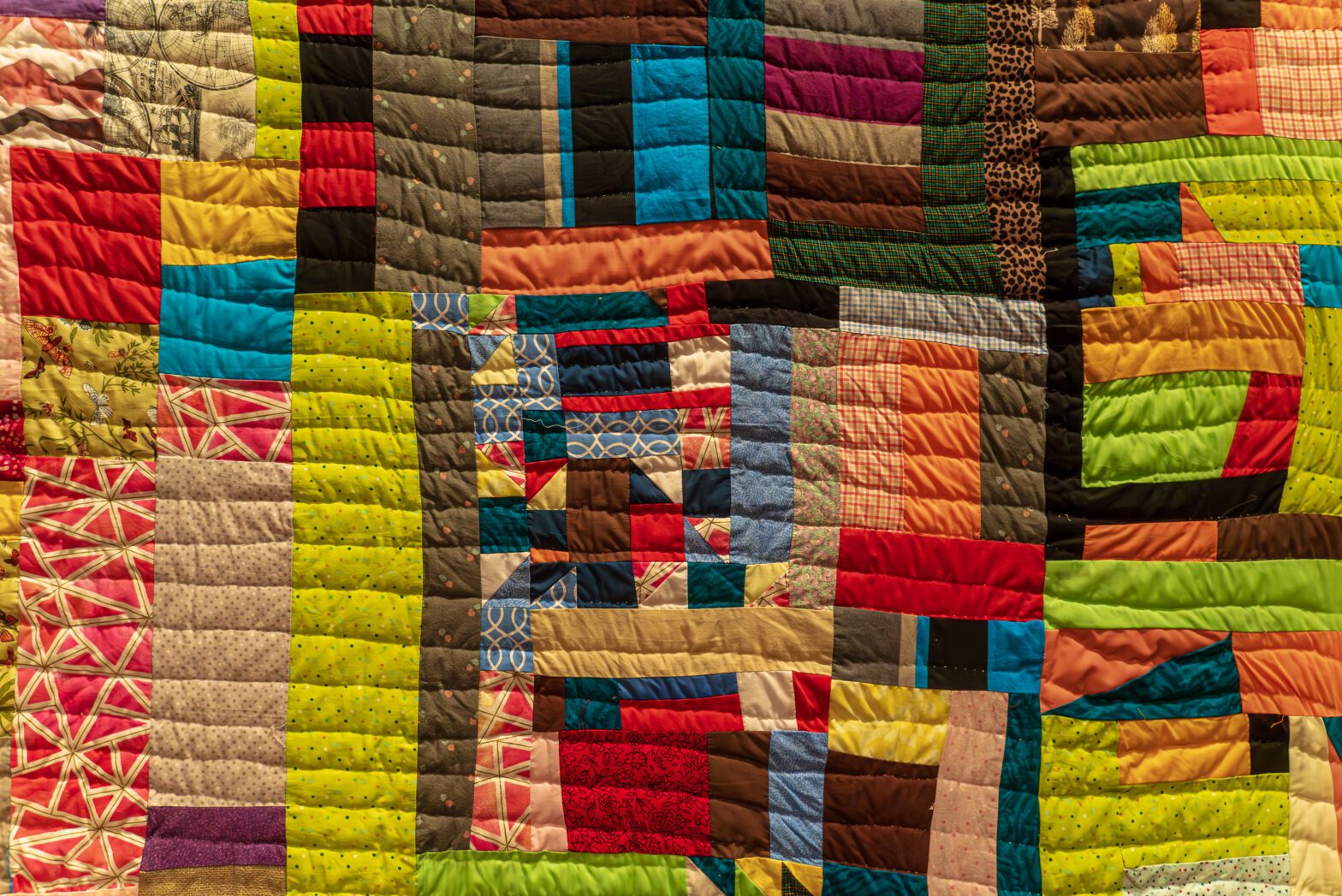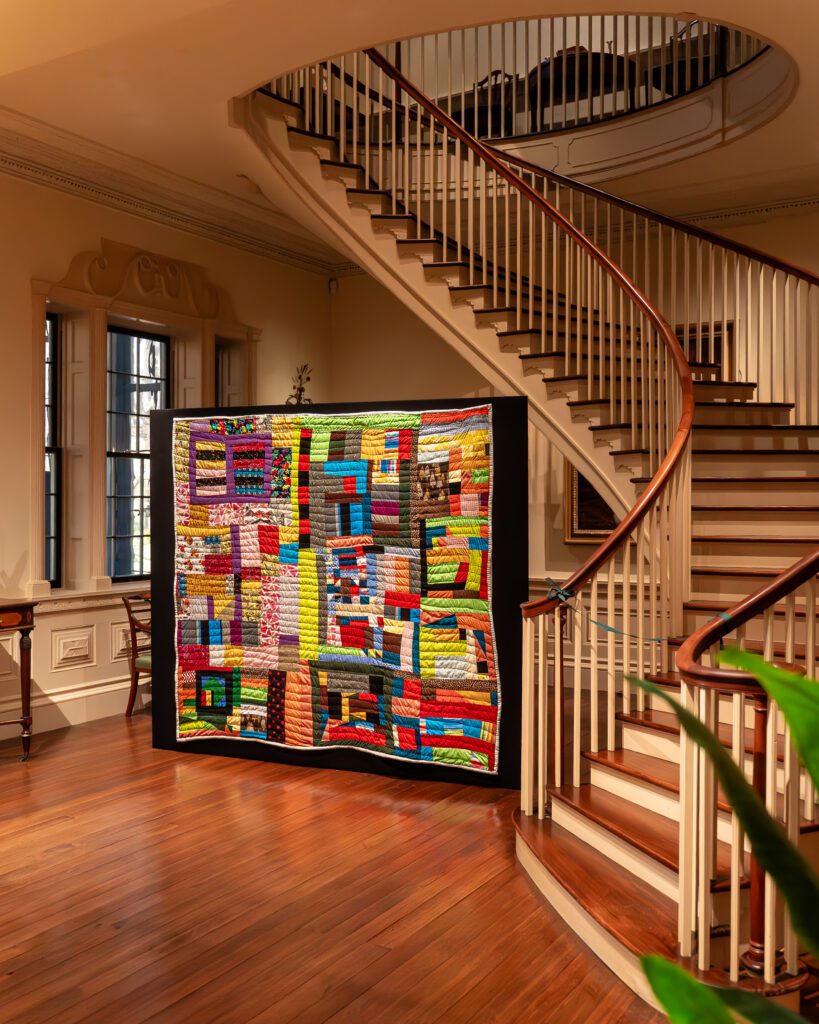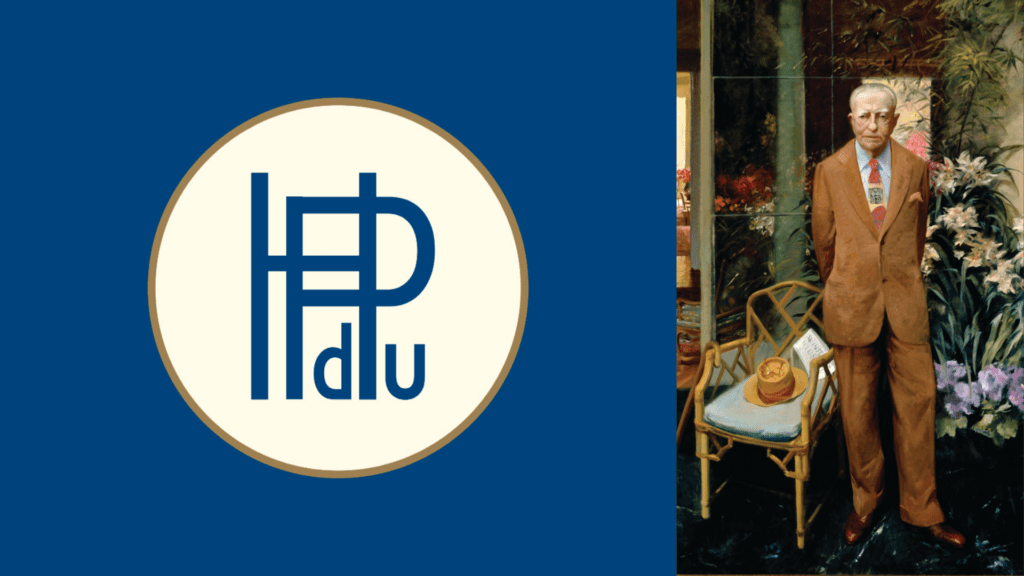
We invite you to join Founder’s Circle, an active community of Winterthur’s most generous patrons who are stewards of founder Henry Francis du Pont’s vision to inspire and educate through Winterthur’s collection, estate, and academic programs. Established in 2024, Founder’s Circle provides essential support to Winterthur’s vibrant ecosystem by funding important acquisitions to the museum, garden, and library; the academic work of conservation, exhibition development, and scholarly research; and the ongoing preservation, restoration, and enhancement of the historic garden and estate.
Founder’s Circle donors enjoy exceptional access and opportunities for learning and engagement with fellow Winterthur patrons, including:
- Invitations to exclusive donor events, receptions, and academic programs
- Invitation to the Founder’s Circle Annual Meeting
- Privileged access to the Delaware Antiques Show
- Special access to Winterthur’s senior staff members through private tours and general advisement from curators, horticulturists, librarians, conservators, and educators
- Exclusive travel opportunities to premier historic sites, private collections, and gardens led by Winterthur staff members and experts
- Subscription to the Founder’s Circle newsletter
- Free admission to the museum, garden, and estate
- 10% discount on shopping and dining at Winterthur
- Fully tax-deductible annual contributions
Each contribution to Founder’s Circle will be divided equally into four shares to support the museum, garden, library, and general operations. Founder’s Circle patrons may also choose to support a particular aspect of Winterthur, in which case the contribution will be split evenly between the museum, garden, or library and general operations.
Donor Levels
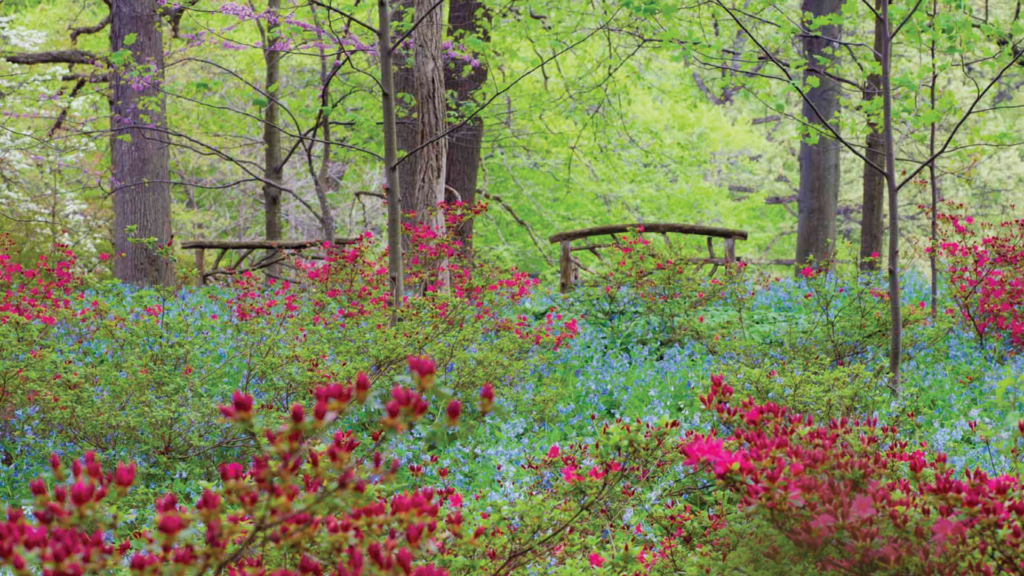
$2,500–$4,999
- All advantages of Founder’s Circle, including invitations to exclusive donor events, receptions, and academic programs, plus the opportunity to invite two guests to the Founder’s Circle Annual Meeting
$5,000–$9,999
- All advantages of Founder’s Circle at the $2,500–$4,999 level, plus general advisement from Winterthur experts regarding personal collections, gardens, and conservation efforts, together with a one-year subscription to Winterthur Portfolio: A Journal of American Material Culture, published three times a year for Winterthur by the University of Chicago Press
$10,000–$24,999
- All advantages of Founder’s Circle at the $5,000–$9,999 level, plus the opportunity to schedule a personalized tour of the Winterthur collection, garden, or library with senior staff members followed by a cocktail reception
$25,000 and Above
- All advantages of Founder’s Circle at the $10,000–$24,999 level, plus the opportunity to schedule a private dinner with Winterthur’s director and senior staff members for your household and six guests
For more information, please contact the Founder’s Circle office at 302.888.4878 or contributions@winterthur.org.
Image: Aaron Shikler (1922–2015), Henry Francis du Pont, 1965. Oil on canvas. Bequest of Henry Francis du Pont 1970.0561 A, B. Photo: Lois Mauro.
